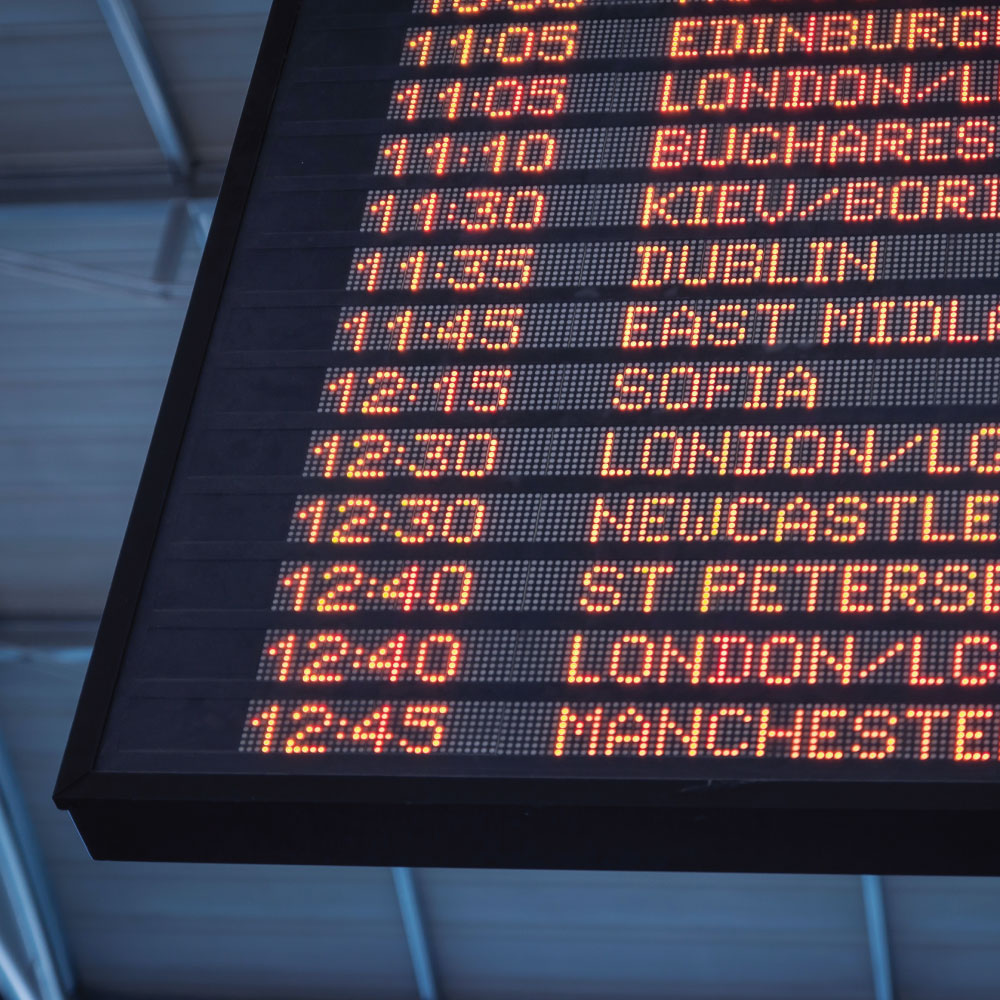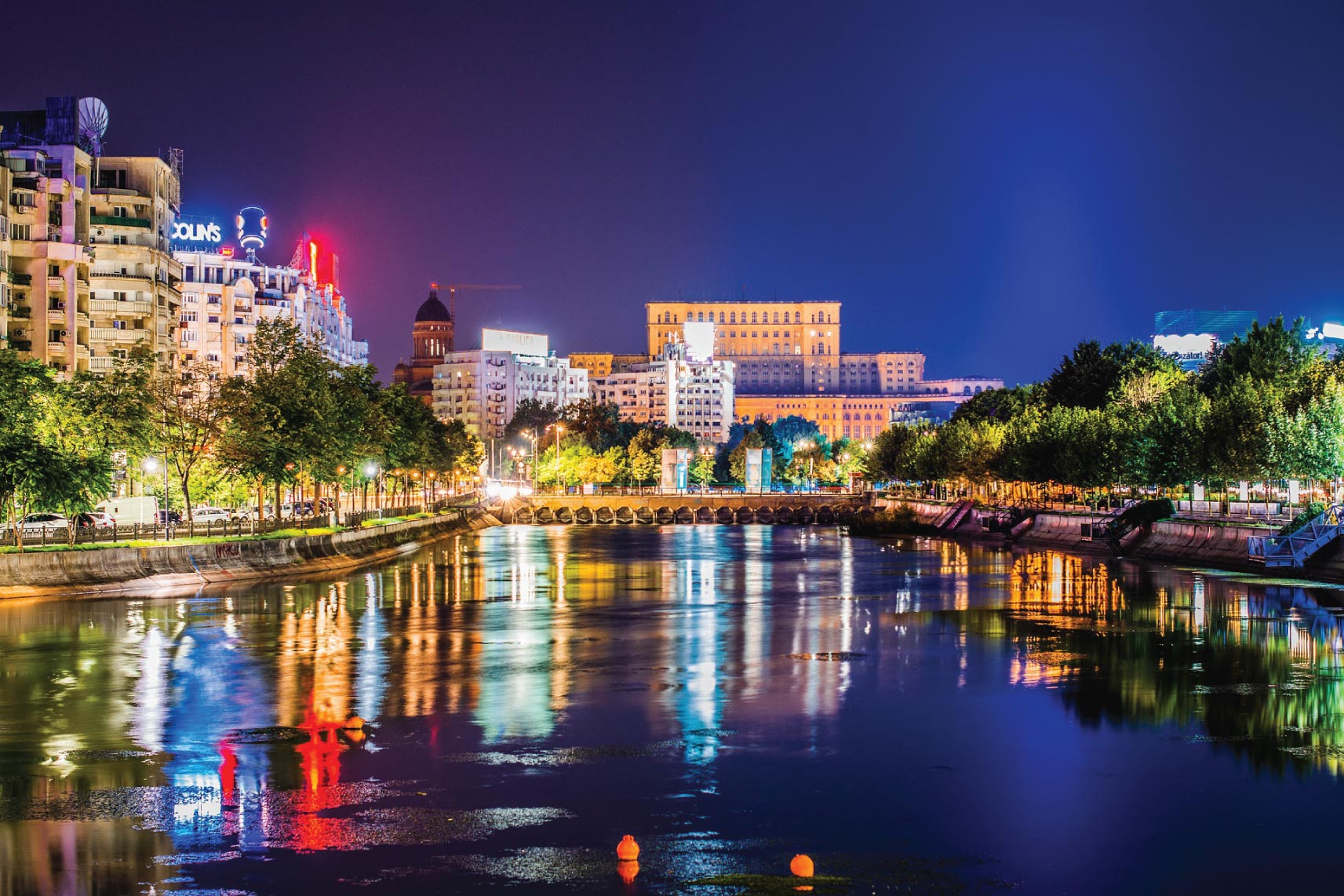There are a number of compelling reasons to consider Romania as a viable business destination.
Here are five reasons why firms regard Romania as a good location for opening a modern business
IT&C experts who are well-educated and highly qualified.
- Romania’s workforce is well-educated and proficient in computer science and other languages.
- Romania has one of the greatest rates of IT specialist growth in Europe, ranking sixth in the world in terms of certified IT specialists.
- Romanians are also known around the world for their proficiency in European languages, particularly English, French, Italian, Spanish, and German.


IT&C experts who are well-educated and highly qualified.
- Romania’s workforce is well-educated and proficient in computer science and other languages.
- Romania has one of the greatest rates of IT specialist growth in Europe, ranking sixth in the world in terms of certified IT specialists.
- Romanians are also known around the world for their proficiency in European languages, particularly English, French, Italian, Spanish, and German.

Romania is well-connected to European values
- On both an economic and cultural level, Romanians are well integrated and tied to European values. As a result, communication is effective, proactive, and pleasant in international collaborative operations. When it comes to foreign cultures, Romanians are highly adaptable.
- Romania is an EU member state, which simplifies legal and financial issues.

Romania is well-connected to European values
- On both an economic and cultural level, Romanians are well integrated and tied to European values. As a result, communication is effective, proactive, and pleasant in international collaborative operations. When it comes to foreign cultures, Romanians are highly adaptable.
- Romania is an EU member state, which simplifies legal and financial issues.
Business Operations at a low cost
- Despite the fact that Romanian employees have one of the lowest incomes in Europe, there are certain opportunities linked with it: Low-income individuals => Low Business Operating Costs => The ideal location for beginning or migrating a business from another country.
- Companies looking to start or expand their operations in Romania might benefit greatly from the country’s economic situation. Romania is a very appealing destination for foreign enterprises due to low office rentals, salaries, and accountancy fees, as well as low corporate taxes of 16 percent – the lowest in the European Union – and a large number of double taxation avoidance treaties.
- Businessmen who want to start a company in Romania should be aware that the tax system for micro-companies is particularly favorable, since corporate tax rates range from 1% to 3%, which are significantly lower than the standard corporate tax rate.
- The fact that Romania’s income is among the lowest in Europe has a silver lining: it also means that company costs are among the lowest in the EU. This includes everything from office rent to accountant fees, as well as personnel compensation (Romania arguably has the 2nd smallest salaries in the EU).

Business Operations at a low cost
- Despite the fact that Romanian employees have one of the lowest incomes in Europe, there are certain opportunities linked with it: Low-income individuals => Low Business Operating Costs => The ideal location for beginning or migrating a business from another country.
- Companies looking to start or expand their operations in Romania might benefit greatly from the country’s economic situation. Romania is a very appealing destination for foreign enterprises due to low office rentals, salaries, and accountancy fees, as well as low corporate taxes of 16 percent – the lowest in the European Union – and a large number of double taxation avoidance treaties.
- Businessmen who want to start a company in Romania should be aware that the tax system for micro-companies is particularly favorable, since corporate tax rates range from 1% to 3%, which are significantly lower than the standard corporate tax rate.
- The fact that Romania’s income is among the lowest in Europe has a silver lining: it also means that company costs are among the lowest in the EU. This includes everything from office rent to accountant fees, as well as personnel compensation (Romania arguably has the 2nd smallest salaries in the EU).


The location is advantageous.
- Several international airports are located in Romania’s major cities (Bucharest, Cluj-Napoca, Timisoara, Sibiu, and soon in Brasov).
- Bucharest, Romania’s capital, is a three-hour trip from London, four hours from Berlin, and two hours from Vienna, making it a convenient location for European businesses.

The location is advantageous.
- Several international airports are located in Romania’s major cities (Bucharest, Cluj-Napoca, Timisoara, Sibiu, and soon in Brasov).
- Bucharest, Romania’s capital, is a three-hour trip from London, four hours from Berlin, and two hours from Vienna, making it a convenient location for European businesses.
In Europe, Romania has the second-fastest internet connection.
- According to a ranking compiled by bloomberg.com, Romania is placed fifth in the world for internet connection speed. Romania has a speed of 37.4 megabits per second, which is close to Latvia’s (37.5 megabits per second), in fourth place.
- Nine Romanian cities are among the top 15 in the world in terms of Internet connection speed.
- Despite its great performance, Romanian Internet is inexpensive.

In Europe, Romania has the second-fastest internet connection.
- According to a ranking compiled by bloomberg.com, Romania is placed fifth in the world for internet connection speed. Romania has a speed of 37.4 megabits per second, which is close to Latvia’s (37.5 megabits per second), in fourth place.
- Nine Romanian cities are among the top 15 in the world in terms of Internet connection speed.
- Despite its great performance, Romanian Internet is inexpensive.

Some frequently asked questions about starting a business in Romania
Bucharest – Ilfov (RO)
One of the leading financial and industrial centres in Eastern Europe // South-Eastern Europe
The region Bucharest-Ilfov is the most developed region in Romania, with a GDP per capita of 139% of the European average. Therefore, Bucharest thus surpasses other European capitals such as Athens, where GDP per capita reaches 92% of the EU average, Madrid (125%), Berlin (118%) or Budapest (102%).
(https://rumaenien.um.dk/en/the-trade-council/about-romania, accessed January, 3rd 2022)

Bucharest – Ilfov is one of the eight development regions of Romania, situated in the south of the country, in the center of the Romanian Plain. It is unique to the other development regions as it is made up of the capital, Bucharest, the largest urban agglomeration in Romania, and Ilfov County, the traditional hinterland of the metropolis. From the point of view of the surface, it is the small region, but it is the most developed in terms of demographic, urban, and economic. The capital city has the highest socio-economic potential and the highest living standards in the country.
It has a total area of 1,821 km2 and a total population of 2,301,255 inhabitants (Eurostat, 2019). The indicators for the two component entities are diametrically opposed: Bucharest accumulates the vast majority of population, economic, and urban development, and Ilfov County is the largest in area, less populated, and with a high degree of ruralization. Besides the city of Bucharest, the region also includes eight other small cities, 32 communes, and 91 villages. Together, the two entities form the largest industrial agglomeration in the country.
The capital city has the highest socio-economic potential and the highest living standards in the country. The region hosts the country’s top academic institutions and research infrastructure, and exhibits the highest RDI potential in the country. Its public and private R&D expenditures are the highest in Romania as more than 50% of the country’s total expenditure is in this region. While public and private R&D expenditures are the highest in Romania, Bucharest-Ilfov needs to capitalize more on its assets to become more competitive on a European scale. It also contains Ilfov county with eight cities, having a population between 10,000 and 42,000 inhabitants each (Măgurele, Bragadiru, Buftea, Chitila, Otopeni, Pantelimon, Popești-Leordeni, Voluntari).
Economic activity is widely focused in Bucharest, Ilfov county being more of an additional space for the capital’s industries. Together they make up the largest industrial area of the country. The GDP is the largest in Romania, at about 5.616,7 euro/inhabitant, approximately twice as Romania’s average. All industries are present here, but lately the workforce switched to services rather than manufacturing. This is also the area where industries such as construction, retail estate, retail, distribution, and management have undergone surprising growth. Unemployment rates are very low compared to other areas of Romania – 84.2% of the population of 25-34 years old is employed and 88.6% of the population of 35-44 years old is employed.
The Bucharest – Ilfov region has the highest density of public roads and railways reported on 100 km of territory of all the development regions of the country. Also, the most important transportation hubs of railroad, air-national and international of the country are located in Bucharest. The region is located at the intersection of two European multi-modal corridors: Nădlac – Constanţa (TEM), and Giurgiu – Albiţa (TEM), planned to be built in the coming period. Air and multi-modal accessibility are provided by the international airport “Henri Coandă” (Otopeni), the largest international airport in Romania, situated at 16.5 km North of Bucharest center.

